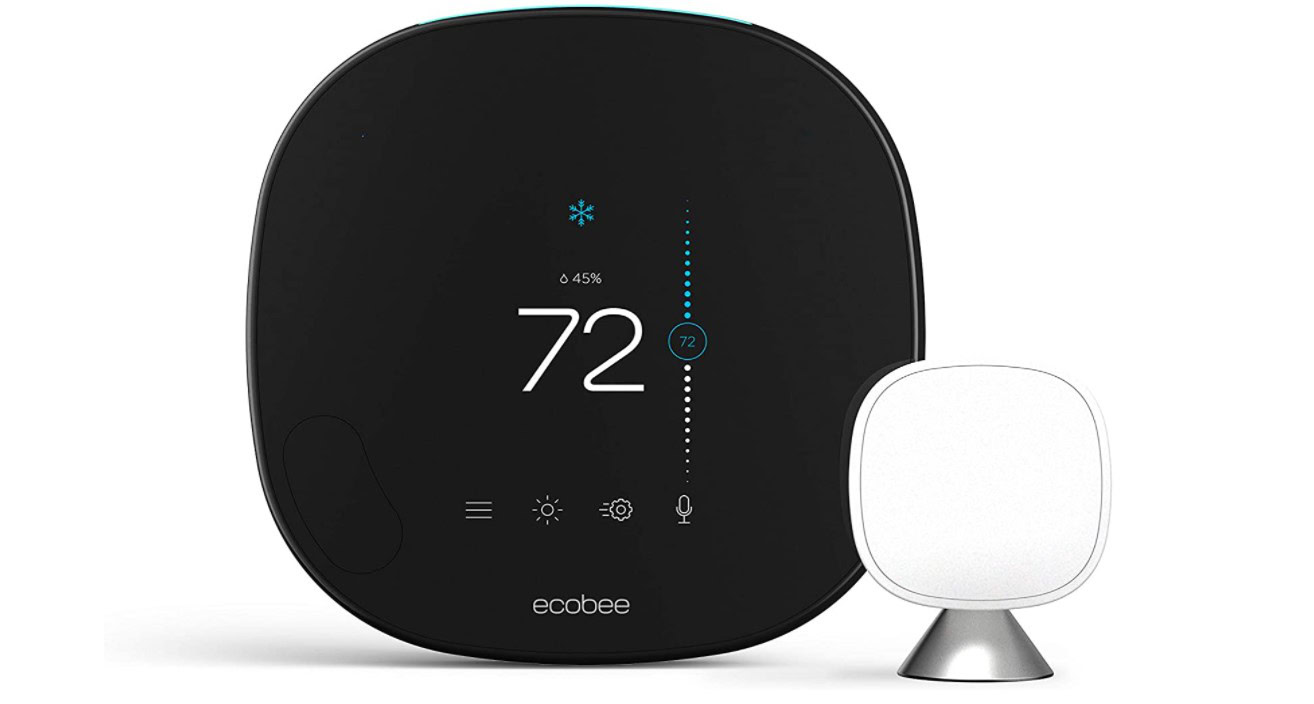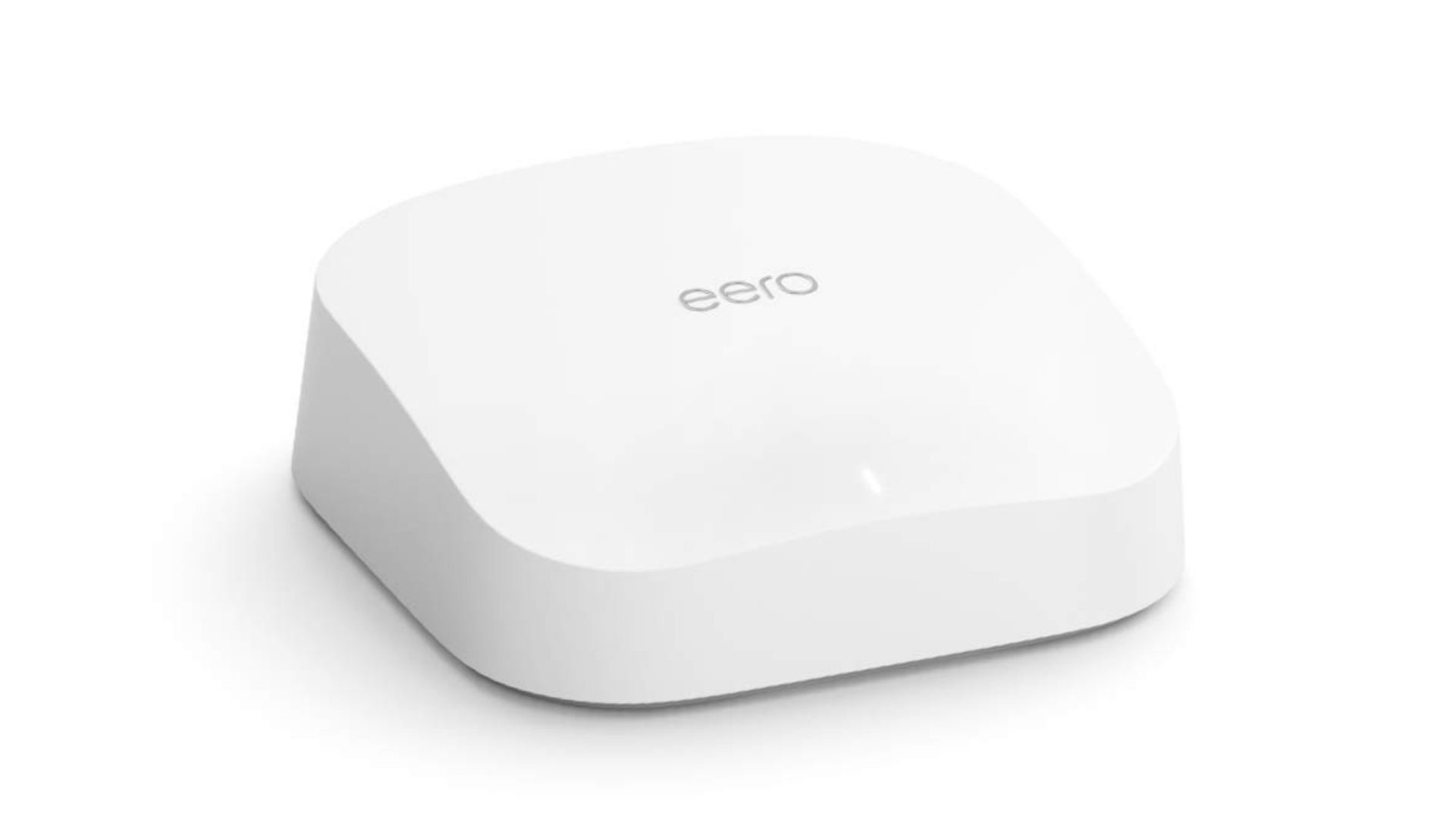Affiliate links on Android Authority may earn us a commission. Learn more.
These five advancements promise to "fix" the smart home in 2022
Published onFebruary 6, 2022
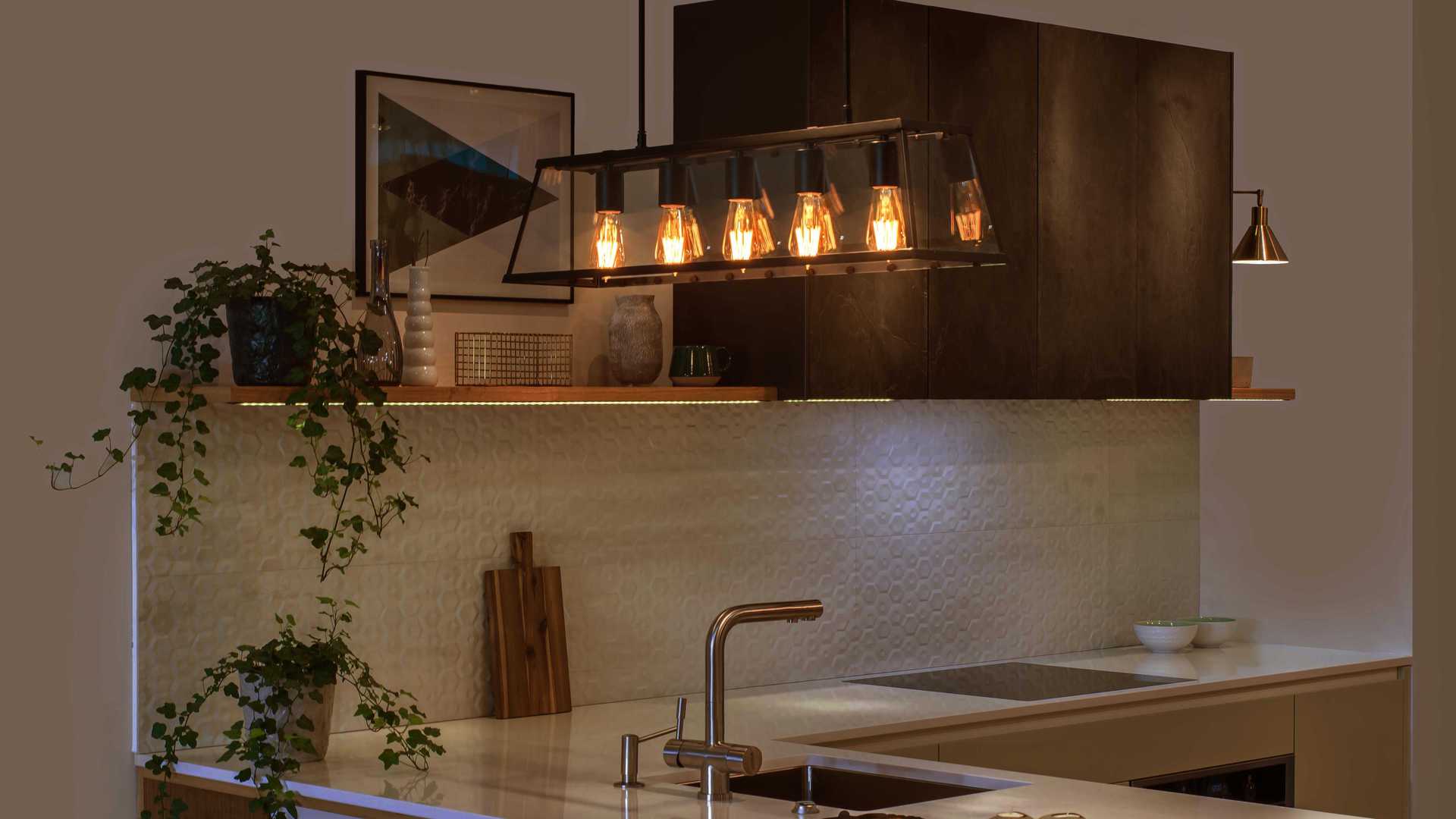
In less than a decade, smart home tech has gone from a luxury for the rich to something relatively commonplace. Even if you can’t afford high-end Sonos speakers or a wall covered in Nanoleaf panels, you can probably afford an Echo Dot or a Lenovo Smart Clock. Yet adoption hasn’t been as strong as some tech companies have been hungry for.
There are reasons for this, but 2022 promises to lift some of the barriers and “fix” the smart home. By the end of the year, the smart home industry could look very different, and here’s why.
1. Matter
After price, perhaps the biggest obstacle to building a smart home is compatibility. There are three major platforms — Amazon Alexa, Google Assistant, and Apple HomeKit — plus a collection of smaller ones, and frequently, accessories are exclusive to one of them or just a portion. This can be confusing to newcomers, and even veterans have to waste time hunting down products that match their specs. Multi-platform homes can force their owners to switch apps or voice assistants depending on what they’re trying to control.
The day is coming when you should be able to use anything with the Matter logo on it. In theory, at least.
Matter, due to go live by late 2022, is a universal networking protocol that lets accessories work across all of the major smart home platforms. Its backers include Amazon, Apple, Google, and Samsung among others, so the day is coming when you should be able to use anything with the Matter logo on it. In theory, at least — we’ll see how companies handle implementation.
Matter devices can also form a mesh network between each other, making Wi-Fi and the internet less essential. You’ll still need those and a Matter-ready hub for remote access, of course, but the standard could be manna for people who have unreliable internet or accessories on the edge of router range.
More: The Matter smart home protocol and why it’s a big deal
2. Thread
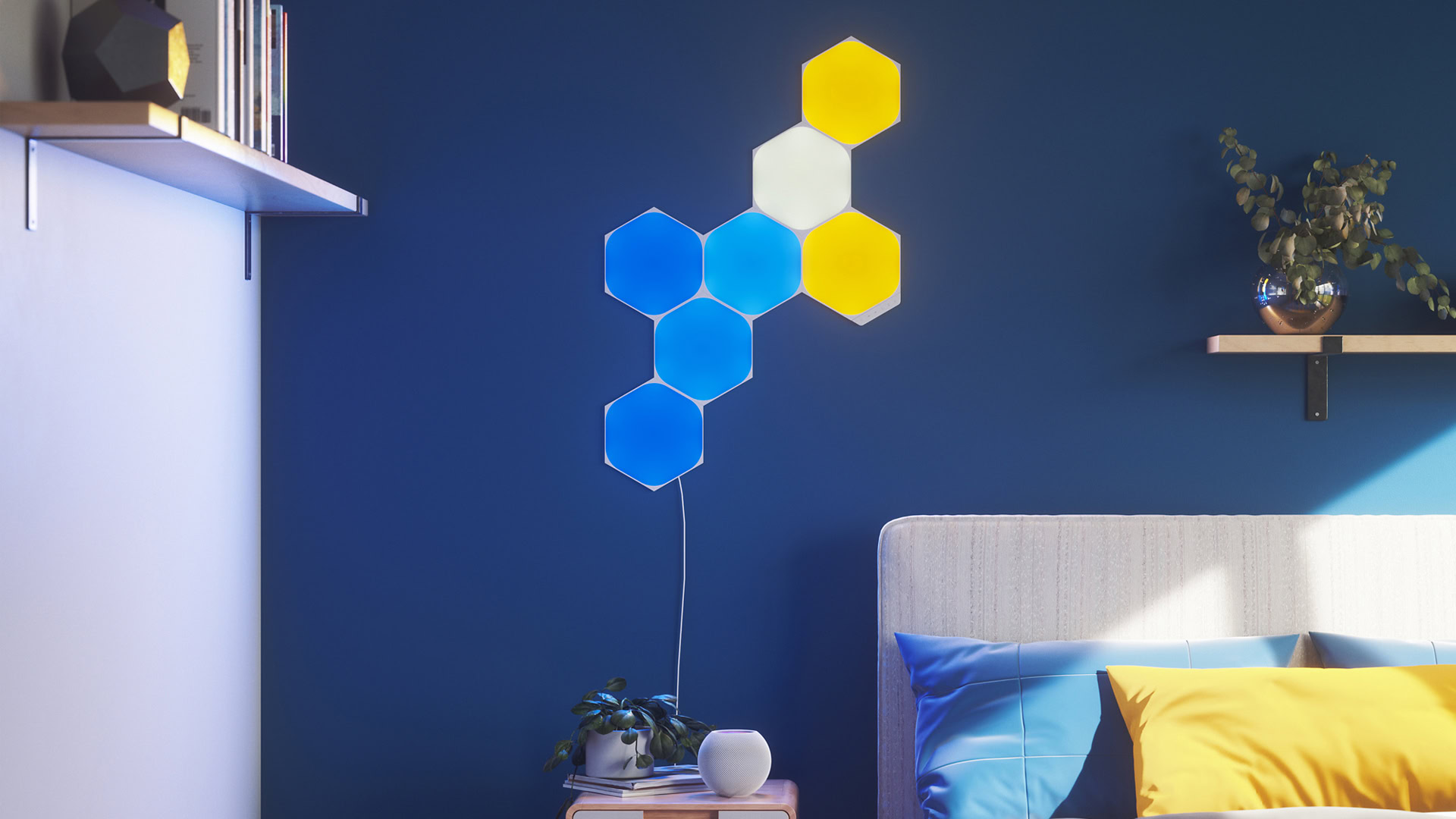
This technology is heavily associated with Matter but doesn’t necessarily go hand-in-hand, so it’s worth mentioning separately. In fact some hardware already supports Thread independently, most prominently the Apple HomePod mini and multiple Nanoleaf products.
So what is it? It’s a wireless protocol based on Zigbee — but what you really need to know is that every Thread accessory can act as its own “border router,” facilitating the sort of mesh network Matter supports. It’s actually Matter’s preferred infrastructure, since unlike Bluetooth it’s dedicated to smart home tech, and it consumes considerably less power than Wi-Fi.
As with Matter, you need a hub and the internet for remote access. Within the home, however, the more Thread accessories you buy, the more reliable they become, and the further their range extends. As a bonus, Thread alleviates the burden on Wi-Fi routers, which can only handle so many simultaneous connections. People with Wi-Fi 5 routers and a host of smart home accessories are probably all too familiar with devices dropping out.
Related: Is Wi-Fi 6 worth the upgrade
3. Google Fast Pair and Amazon Frustration-Free setup
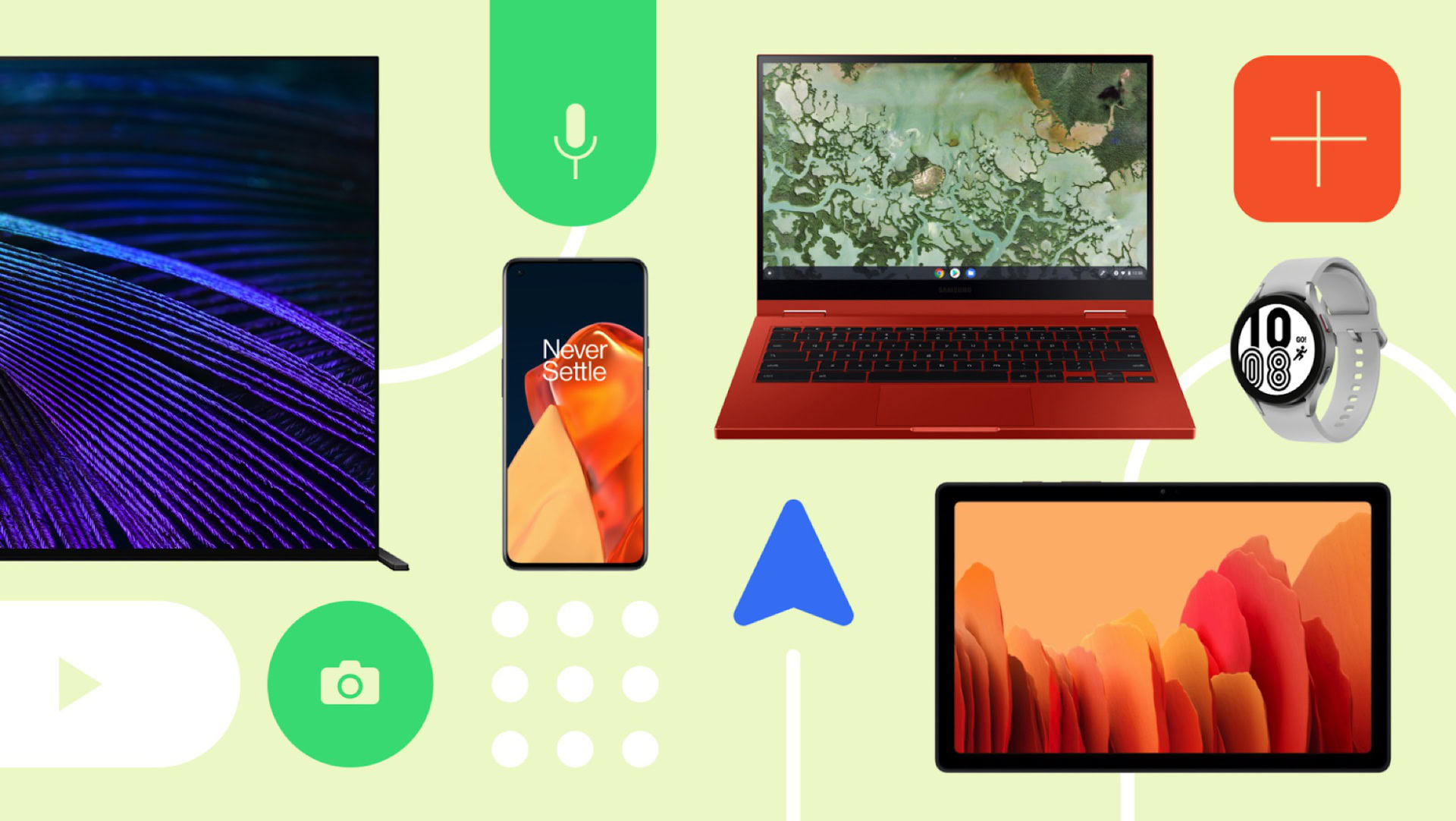
The most aggravating part of setting up a smart home is pairing accessories. The major platforms each have their own standards, most annoyingly HomeKit, which forces you to scan or type a code for every device. Accessory makers sometimes make things even more complicated — Eufy, for example, uses sonic signals to pair devices with its HomeBase 2 hub instead of just Bluetooth or NFC.
Fast Pair has been around since 2017, but Google is planning to greatly expand its reach, including anything that’s Matter-compatible. The process will at least sometimes be HomeKit-like in requiring a QR code, but it should still be faster than what we often deal with in the Google Home app.
You can expect dead-simple pairing to become the norm instead of a special selling point.
Frustration-Free has likewise been around for a little while, ensuring pairing accessories with Alexa requires minimal effort. If you want to set up the Amazon Smart Plug, for instance, all you have to do is stick it in an outlet and open the Alexa app’s Devices tab. Amazon’s technology is becoming part of the Matter specification, so once that protocol goes live, you can expect dead-simple pairing to become the norm instead of a special selling point.
4. More devices with smart home hubs built in
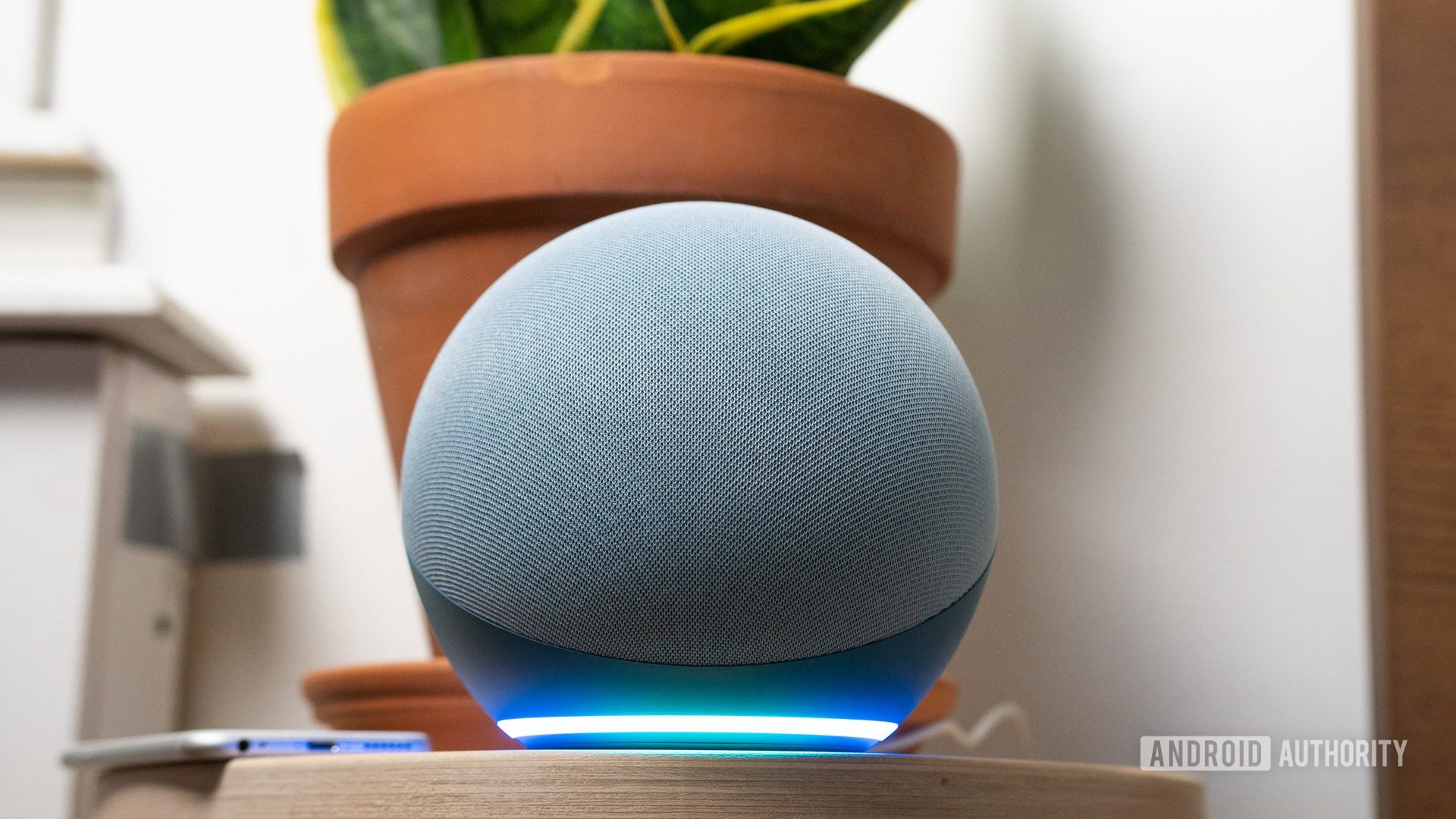
Hubs aren’t strictly mandatory for a smart home, but if you want the best results, they might as well be. You need something to bridge with the internet for remote access, and a house full of Wi-Fi-only light bulbs is a recipe for accessory dropouts. Hubs can also run automations regardless of whether you have internet access, which doesn’t sound important until the outside lights are stuck off or your bathroom doesn’t pre-heat on a frosty morning.
Amazon, thankfully, has been including Zigbee hubs in products like the 4th gen Echo and Eero 6 router, which means you can pair accessories like Philips Hue bulbs without buying a hub separately. Apple’s HomePod and Apple TV lineups act as HomeKit hubs by default, and you can turn an iPad into one as well as if you keep it powered and inside your home.
Google has been slacking in this department — ironically, even its Nest Hubs don’t have any hub connectivity. But as a primary backer of Matter, you can expect the company to switch tracks, lest it gets in trouble with both customers and industry partners.
5. Better adoption of Wi-Fi 6
We’ve touched on the problem of overburdened Wi-Fi networks a few times already, and the fact is that as nice as routers like the Nest Wifi are, Wi-Fi 5 is limiting for smart homes. Realistically, the standard can’t handle much more than 30 devices at a time. That might be plenty if you don’t have many smart home accessories or you’re a single person living in an apartment, but it can be restrictive if you’re in a house with a partner and want smart lights, locks, cameras, and thermostats on top of phones, laptops, media streamers, and smart speakers.
Wi-Fi 6 can fix this smart home problem by potentially doubling simultaneous connections, thanks to “talking” to more devices at once and scheduling check-ins. You only need one upgrade to see this benefit, too: a new router, preferably a mesh model to spread a large and even signal.
Some people are already on Wi-Fi 6, naturally. But supporting routers have only been around since 2019, typically at higher prices than their Wi-Fi 5 counterparts. We can expect Wi-Fi 6 to become a de facto feature in 2022, making it more affordable for the masses and in turn improving the smart home landscape.
Read more: The smart home privacy policies of Amazon, Apple, and Google
